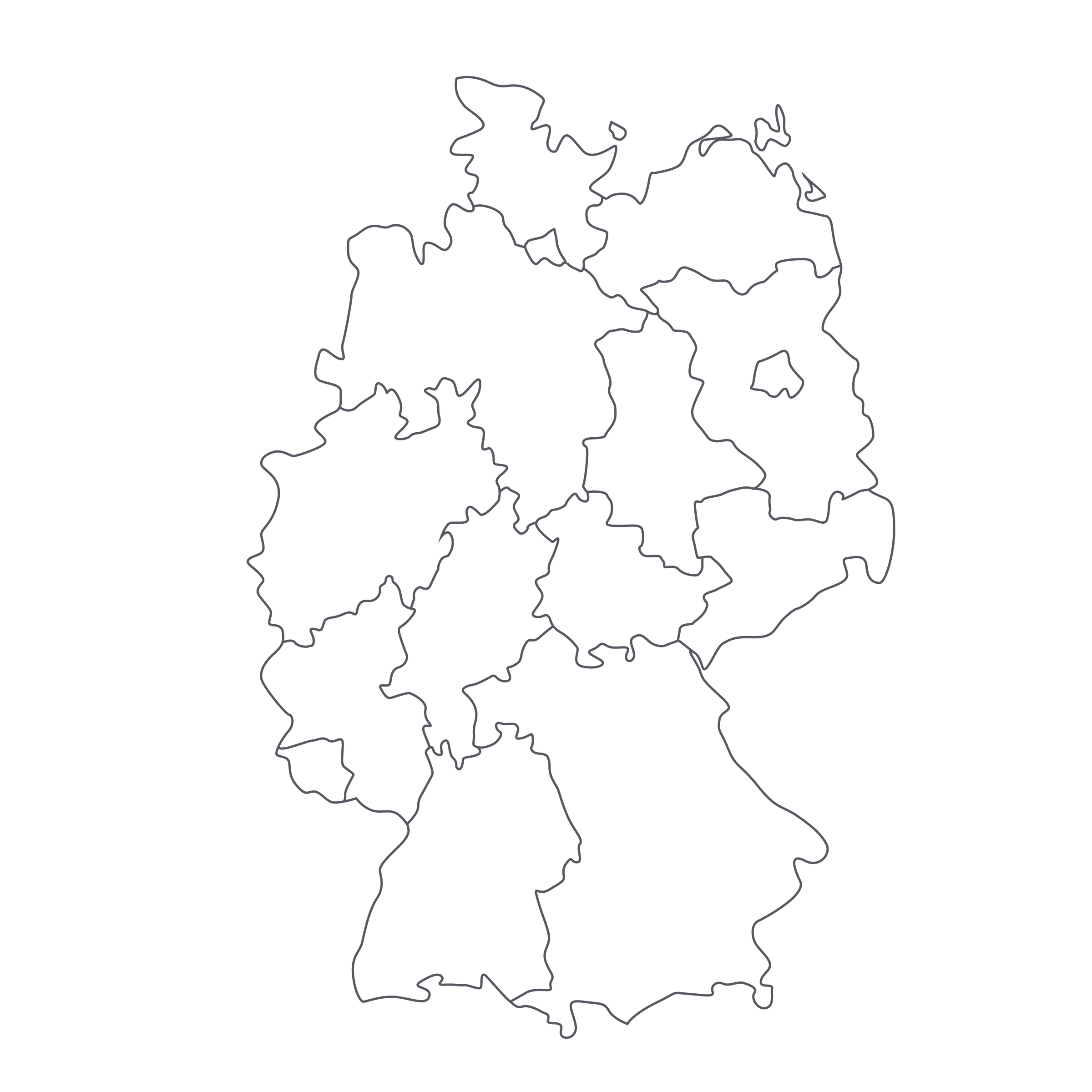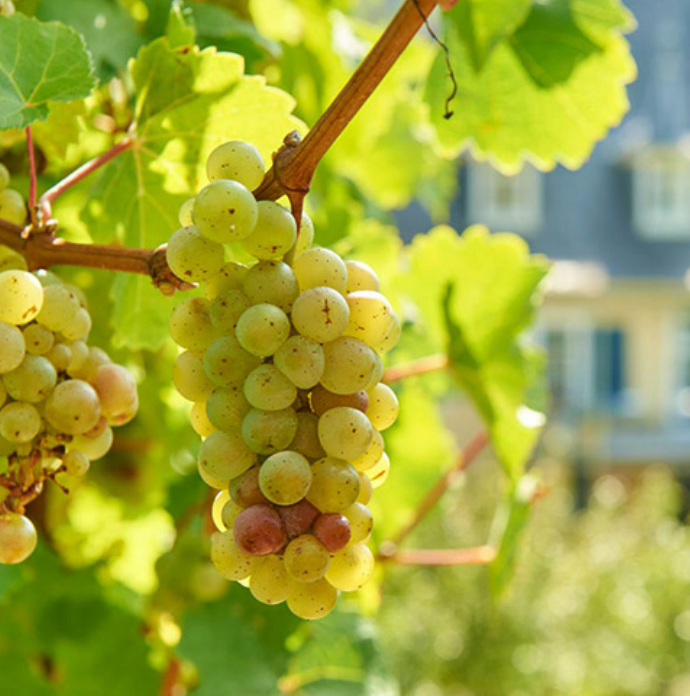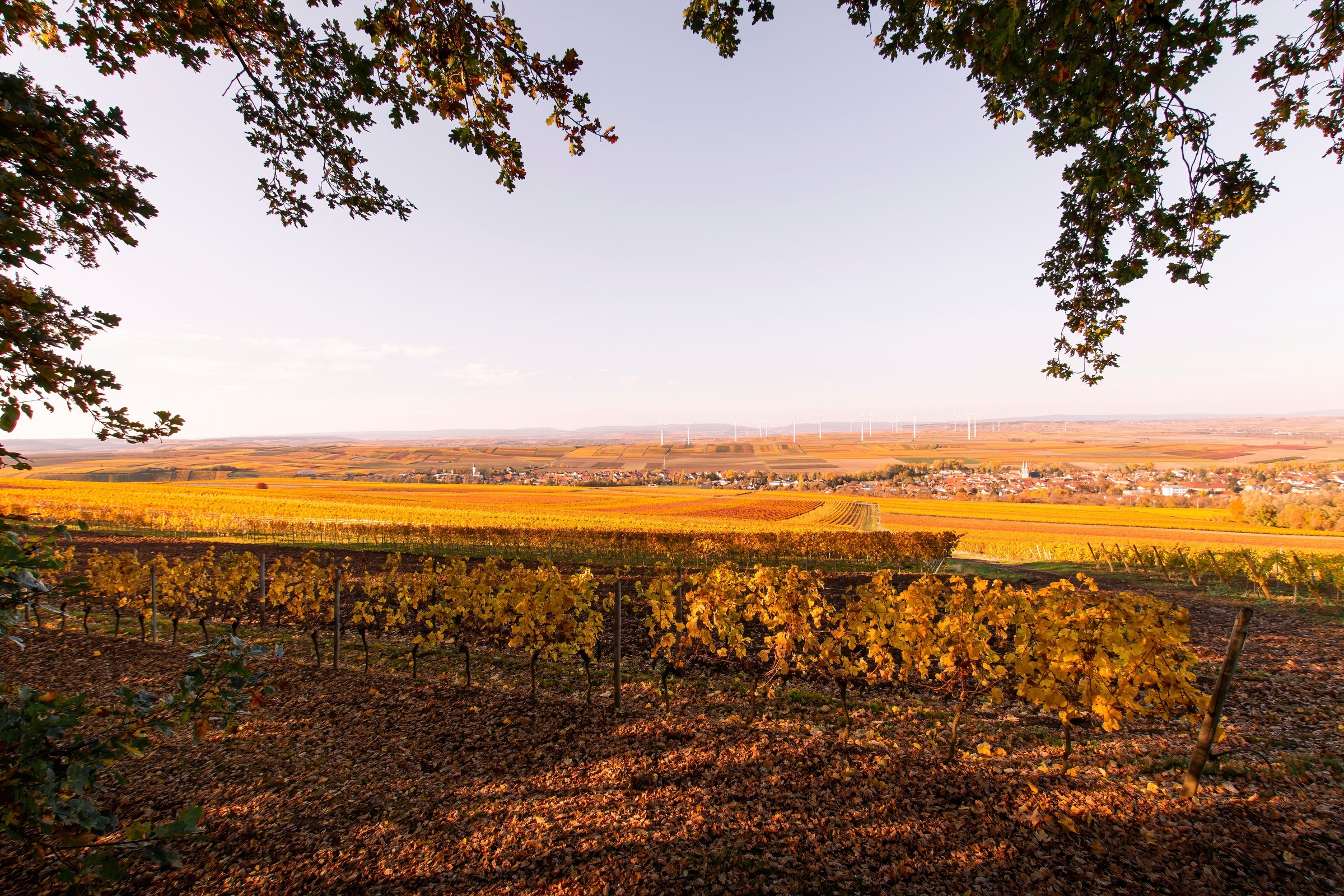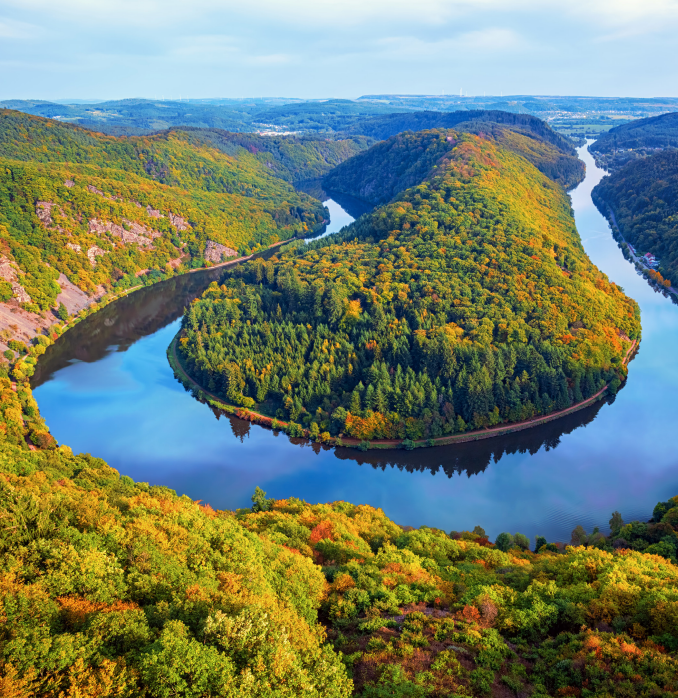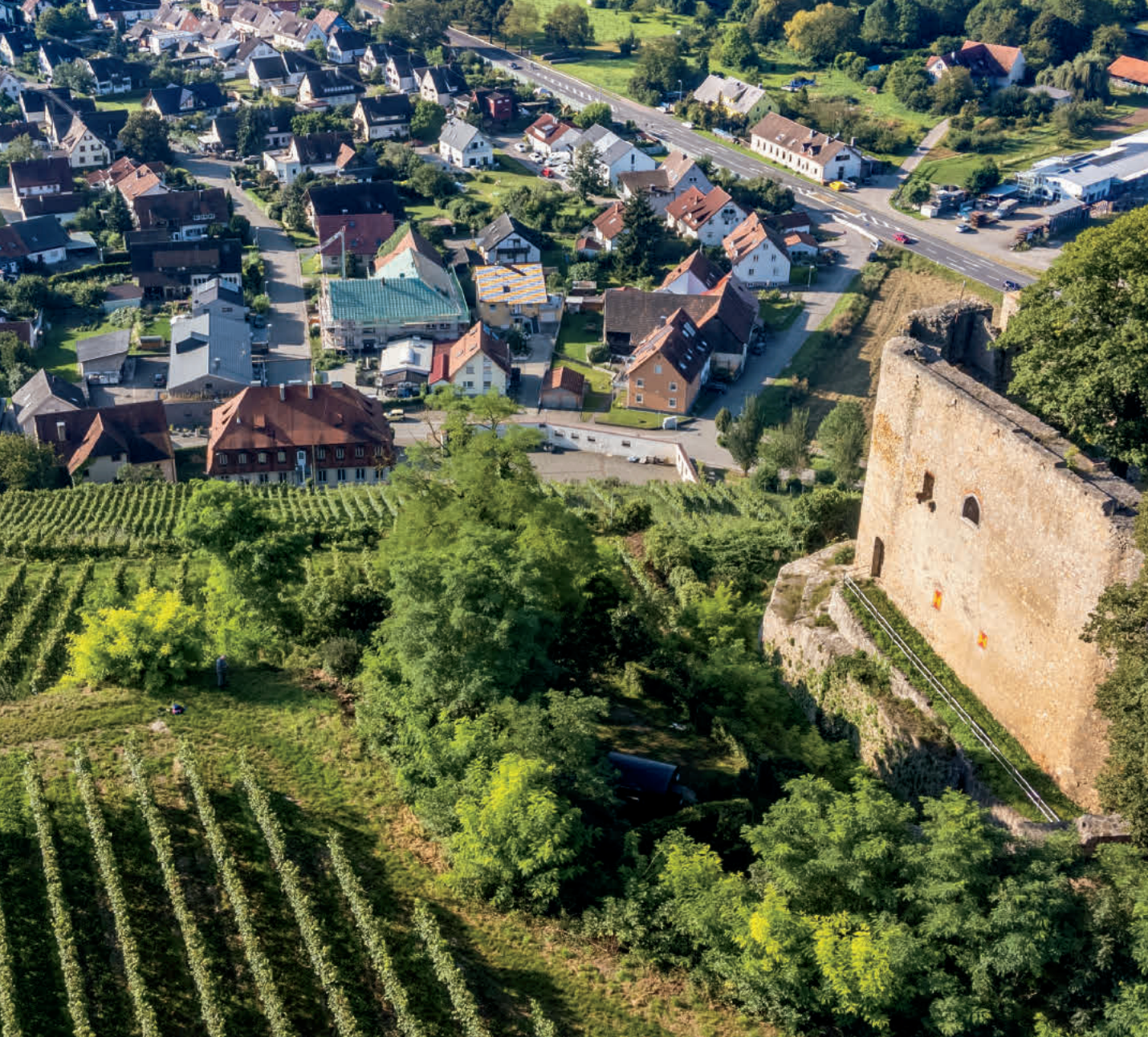When it comes to sparkling wine consumption, Germany is an indomitable powerhouse: No other nation can compete with their unquenchable thirst for carbonation, and only two best them when it comes to production. It’s true—each year, the country crafts more sparkling wine (sekt) than all of Champagne, so why is it that we rarely see a bottle overseas? Because they hoard it all for themselves! Historically, these sekts were bottled in large, insipid batches and guzzled in copious amounts, but today, the Mosel’s fine-fizz revolution has become world renowned, and top labels are finding their way to America. For us, this is long overdue, which is why we couldn't be more excited to introduce Gebrüder Simon’s 2018 Brut.
Their extremely limited production of dry, Riesling-based bubbles are sourced from “Würzgarten'' and “Treppchen,” two of the Mosel’s most dizzyingly steep, rocky, and pulse-quickening vineyards that have been further wizened by time. It’s one of wine’s greatest dichotomies that such an inhospitable place could create something so fine, elegant, and strikingly gorgeous as this Riesling Sekt. It has all the finesse and pedigree of Champagne with an exotic, supercharged dose of juicy tropicals. At $35, this bottle is some of the greatest price-to-quality sparkling wine in the world—a secret no longer!
In typical Mosel fashion, Gebrüder Simon's winegrowing tradition dates back farther than the founding of the United States—1724. Today, the winery is led by Kiki Pfitzer-Simon & Ingo Simon, who continue in the exact same winegrowing traditions as their forefathers. Sekt is a relatively new phenomenon at Gebrüder Simon; the winery has only had its own sparkling wine facility since 1995. Theirs is strictly produced in the Méthode Champenoise, dating back to the early 19th century when many German winemakers traveled to Champagne to learn the techniques of making sparkling wine. Some went on to found famous houses—it’s not a coincidence that Krug, Piper-Heidsieck, Bollinger, and Mumm all have Germanic names. Others returned to Germany to pass on the sacred knowledge, an intuitive choice given Germany features the ideal conditions for growing light-bodied, high-acid wines that are the ideal base for sparklers.
Gebrüder Simon is a small family venture located in the municipality of Lösnich, facing the steep, amphitheater-like slopes of the famous Ürziger Würzgarten vineyard. It’s one of two, Erdener Treppchen being the other one, where Gebrüder Simon sources the Riesling—very high-quality Riesling, I might add—for today’s bottling. Both vineyards are unbelievably arresting; the perfect compositions of elevation, aspect, and soil to create grapes of impeccable acidity. The sparkling wine is made entirely by hand from start to finish using the traditional method of secondary fermentation in the bottle. Riesling grapes are hand-picked and hand-sorted. After a spontaneous alcoholic fermentation, the wine was transferred into bottle where it matured on its fine lees. It was then hand-disgorged and lightly dosed with an Auslese Riesling—a rich and flavorful sweet wine—that was produced in-house. Just 600 cases were produced for the world, and the overwhelming majority stayed within Germany’s confines.
A pale yellow-gold in the glass, Gebrüder Simon’s vibrant 2018 Sekt Brut offers the finest aromatics of ripe mango, apricots, apple blossoms, and yuzu. It’s extraordinarily lively and invigorating on the palate with a soft mousse, persistent bubbles, and intense flavors of tropical fruits, skins included. On the finish, mango and papaya dominate alongside taut pineapple and lime blossoms on a bed of finely crushed slate. The finish is plush and energetic with a lingering feel reminiscent of petrol. It’s an exotic, decadent, and refreshing sparkler that makes the perfect pairing for a bite of crispy pork and crunchy cucumber salad. Every sip goes a mile when you’re drinking this delicious sekt, yet, you’ll finish it in a world-record time. Enjoy your bottles around 45 degrees in flared tulip stems over the next 2-3 years. Cheers!
